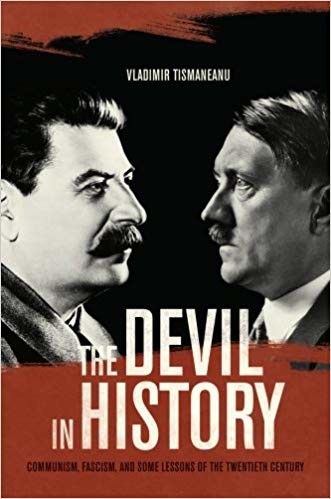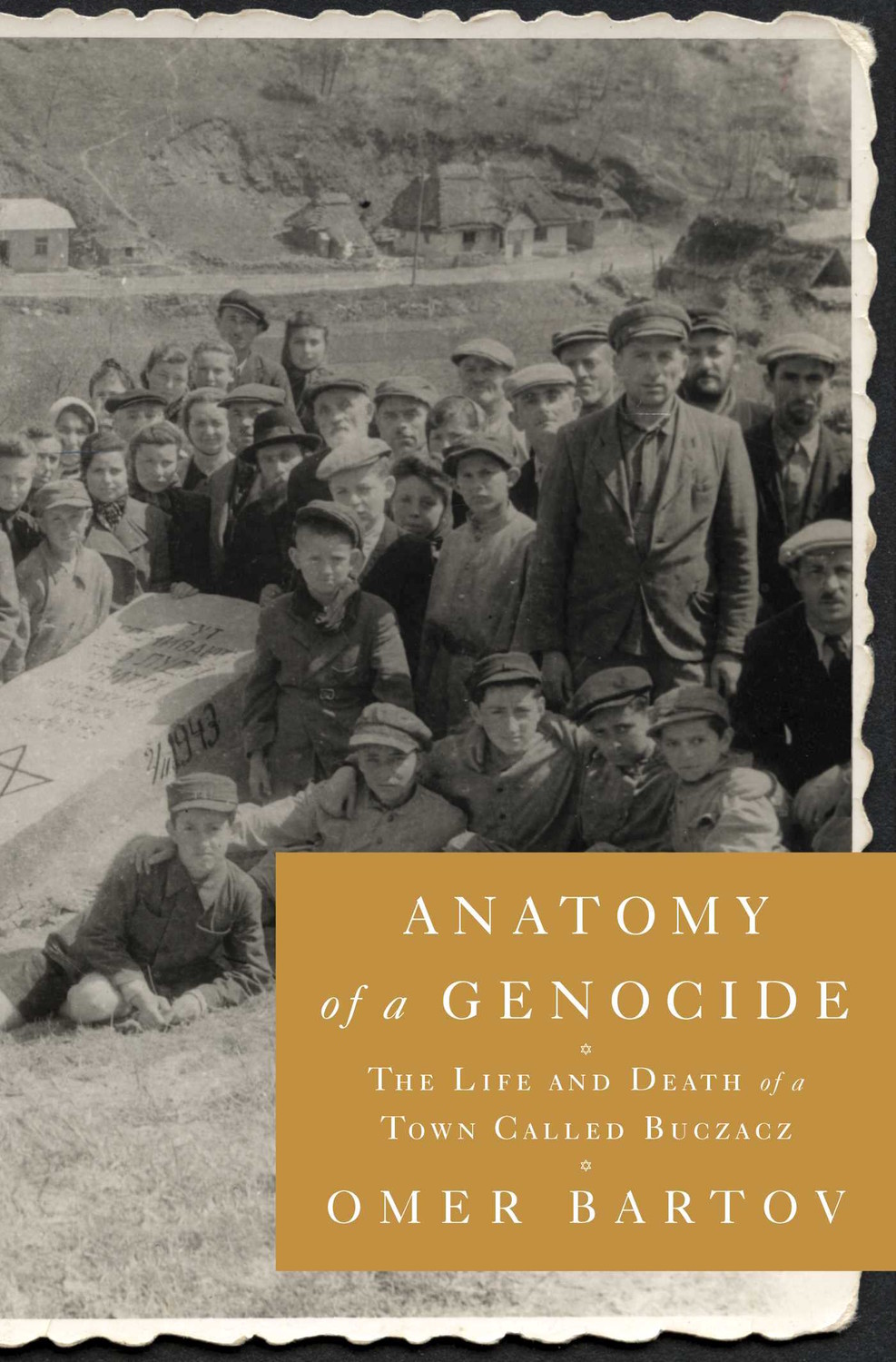Anatomy of a genocide
With the advent of the 80th anniversary of Kristallnacht, I will dedicate the next two reviews to the history of Holocaust tragedies, as they relate to us and our children.
This week I am focusing on two works — Anatomy of a Genocide: The Life and Death of a Town Called Buczacz by Prof. Omer Bartov of Brown University (Simon & Schuster 2018), and The Devil in History: Communism, Fascism, and Some Lessons of the 20th Century by Prof. Vladimir Tismaneanu of the University of Maryland.
In Anatomy of a Genocide, Bartov demonstrates in graphic style that ethnic cleansing does not happen overnight. It starts not with the quick rise of a tyrant or with troops barging into homes at midnight. Quite the opposite: the horrors are slow in coming. At first they often go unnoticed, the accumulation of pent-up slights and grudges, real or imagined, as well a personal indignities.
Often, the perpetrators are neighbors, friends and even family. They are plain people, average men and women who come from elsewhere, often with their families into a life style of bourgeois comfort that evolve into bouts of mass murder — an island of normality in a sea of blood and flesh.
Bartov honors his family’s legacy with this study of his mother’s hometown: Buczacz, Ukraine. In the space of just a few years, German and Ukrainian police and troops murdered the entire Jewish population.
In recording this sad saga, Bartov has done something groundbreaking. No such reconstruction of the Holocaust on the local level has ever been undertaken in this manner. Ideally, this book should profoundly change our understanding of the social and political dynamics of genocide, relations among the victims, the perpetrators as well as the so-called bystanders and the core nature of the Holocaust as a whole.
This work surely is historic inasmuch as this accurately and in great detail demonstrates the reconstruction of the Holocaust on the local level, as has never been done before.
The second volume, “The Devil in History,” is a provocative analysis of the close relationship between communism, fascism and Nazism.
This relationship makes for interesting and disturbing reading. Yet one should not be shocked by these revelations of ideological kinship. After all, the very word “Nazi” is a contraction of “National Socialist Workers Party.” Through Dr. Tismaneanu’s work, we come to better understand how capitalism, the free economy and the republican form of government are in danger from both the extreme left and the extreme right.
The book explains that no party, movement or leader holds the right to dictate and undermine the sanctity of human life, whose subjugation is the common goal of communism, socialism and fascism and Nazism.
Commemorating Kristallnacht serves as an apt opportunity to further demonstrate the lessons that our struggle for freedom is a never-ending one, to teach our children and for them to appreciate and pass down to their children for all time to come.

 63.0°,
A Few Clouds and Breezy
63.0°,
A Few Clouds and Breezy 







